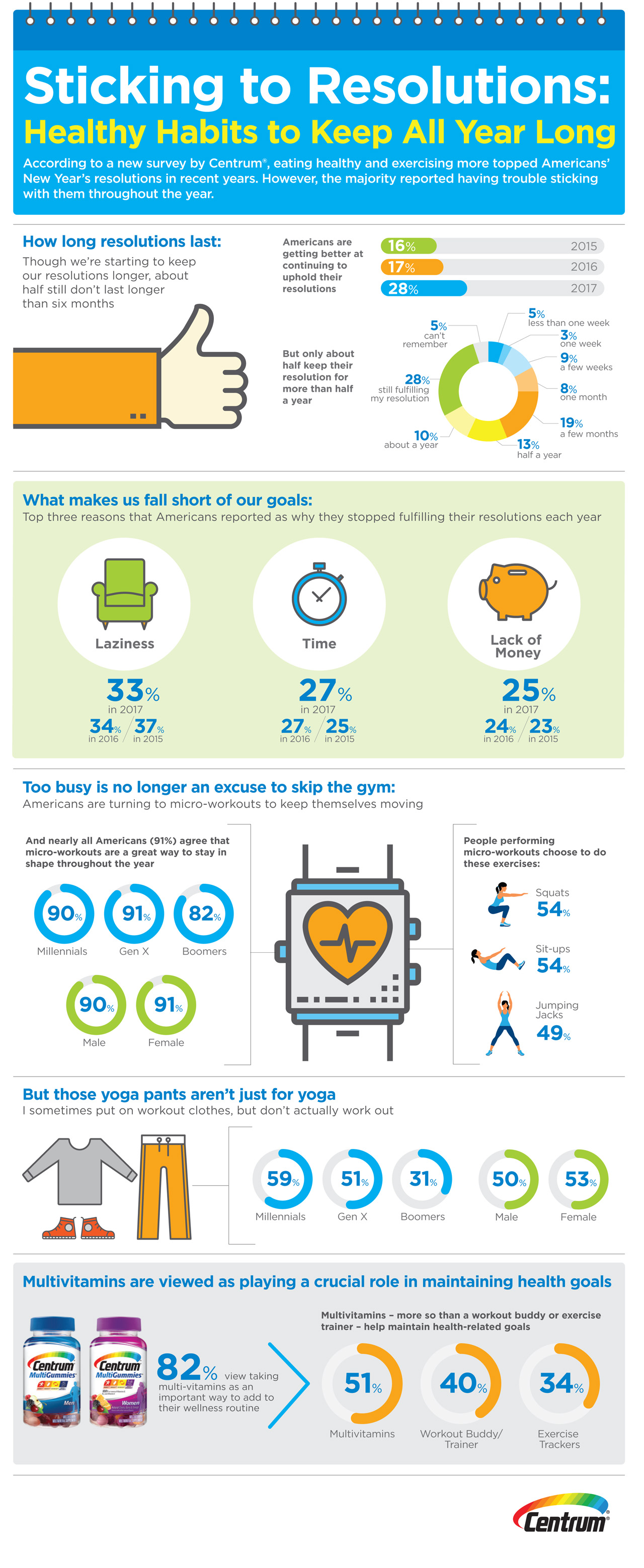2018-01-10T11:01:00
(BPT) – It’s a new year, the time people traditionally take a look at what’s working in their lives and what could be kicked up a notch. If you could use more productivity and efficiency in your life, you’re not alone. Sometimes, it’s all anyone can do to make it through the day unscathed, let alone slay every item on their to-do list.
The good news? There’s help out there. Here are some tips, tactics and technology to help you wrangle productivity and efficiency back into your life at work and at home this year.
Eat that frog
If procrastination bedevils you, take a page from Mark Twain. He famously said if you eat a live frog first thing in the morning, you can go about the rest of your day knowing the worst is behind you. Author Brian Tracy brings that philosophy into the workplace, coaching people to “eat that frog,” or, get your most unpleasant or challenging task — the thing you’re most likely to put off — done first. It’s a powerful way to cut down on procrastination, accomplish more and slay your to-do list every day.
Get smart at home
Artificial intelligence is going to be big in 2018, with everything from chatbots helping you with your banking questions to devices designed to make your home smarter and life easier. LG Electronics has just released its AI device, the LG ThinQ Speaker, which comes with Google Assistant built in and features improved vocal clarity thanks to technology from Meridian Audio, the maker of high-performance audio solutions. With a voice-activated interface it serves as a smart home hub for your entertainment needs and for LG’s smart home appliances. Another LG device that plays well with the Google Assistant is the TONE Platinum SE, a Bluetooth headset that has a button for accessing the Google Assistant in a snap. It allows you to have a more natural conversation with it instead of always having to prompt everything with “Hey Google.”
YNAB
Struggling with your finances? Check out You Need A Budget. It’s an online program that helps users take control of their spending and save money with the goal of getting out of the living-paycheck-to-paycheck snare. On average, YNAB helps users save $600 by the second month and $6,000 the first year.
A dry cleaner in your closet
If you have ever scowled into your closet realizing you have nothing clean or wrinkle-free to wear to the office, the LG Styler from LG Electronics is for you. It looks like a closet of the future, but it’s a steam cleaner and wrinkle reducer that uses just water to get the job done. Hang your clothes inside, close the door and boom, they come out clean, fresh and lovely.
Keep your resolutions
Setting goals for 2018? There’s an app for that. It’s called Strides, and it tracks any goal or habit you’d like to incorporate into your life. Weight loss, exercise, getting up early, you name it, Strides can track your progress and let you know how you’re doing.
Wrestle laundry into submission
If your family’s mountain of laundry eats up your weekends, check out the LG TWINWash. It takes the pain out of laundry day. It features the LG SideKick, a pedestal washer (an industry-first innovation) that can tackle smaller loads, delicates and intimates. You can run both the SideKick and the main washer at the same time, and it’s also Wi-Fi enabled so you can check the status of your laundry from anywhere using your smartphone.
Using tips, tactics and technology, you can be your best, most productive, efficient self in 2018, giving you more time to enjoy everything the new year has to offer.











